Climate Change and Our Oceans
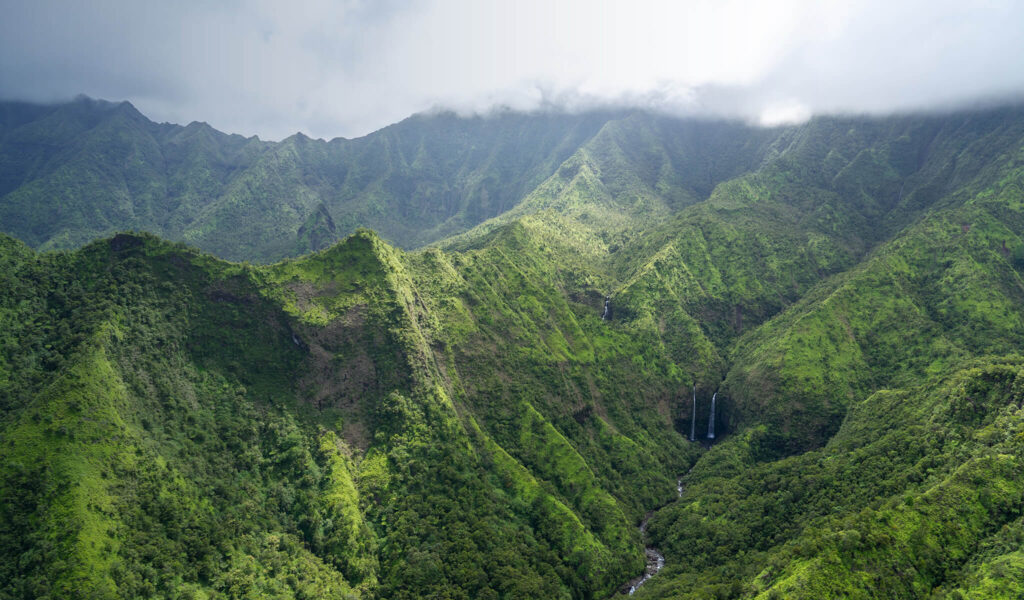
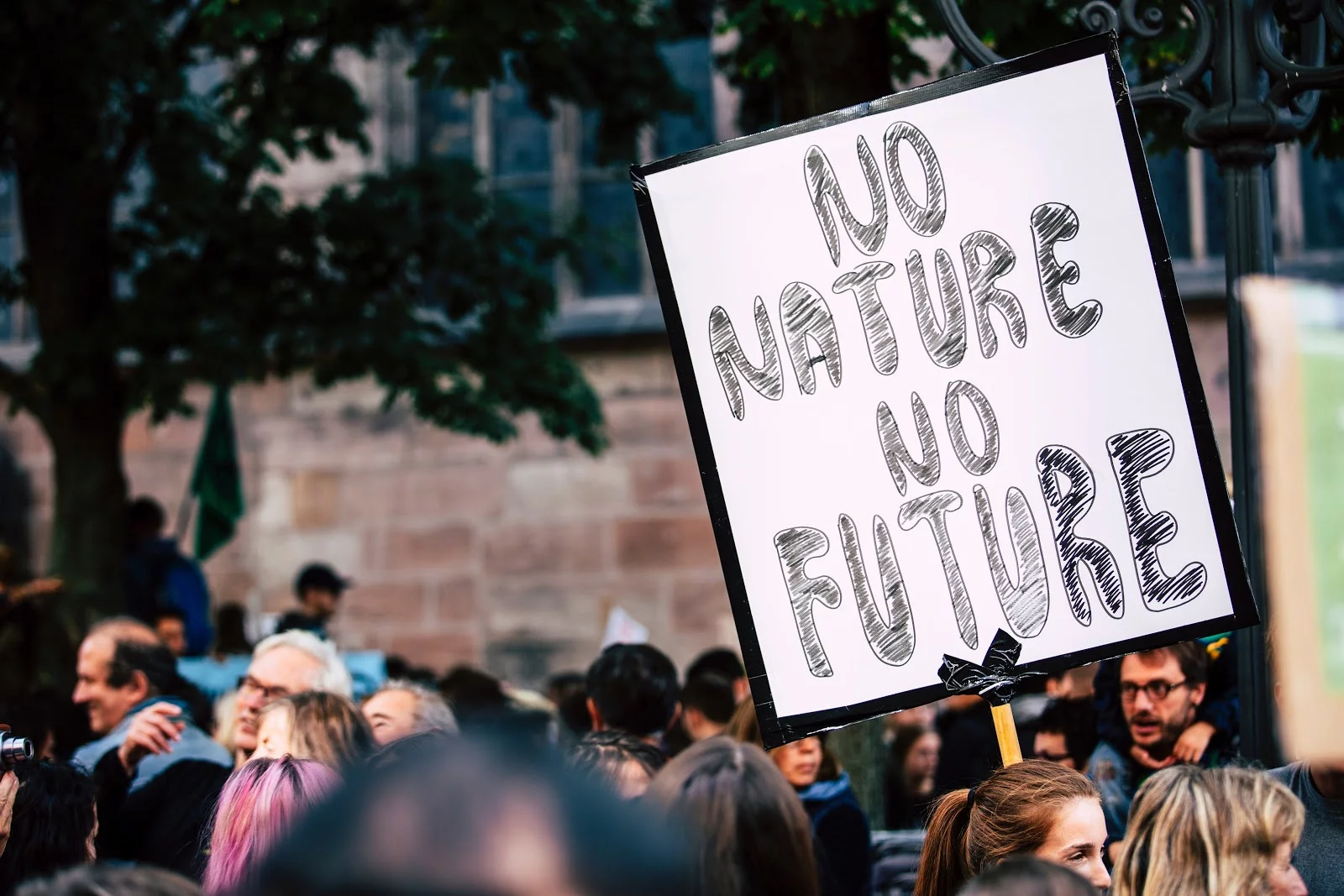 Skyline Hawaii was the first commercial zipline company in the US. Since we established our business back in 2002, helping to conserve our natural environment while providing an illuminating and exhilarating experience for our guests has been the utmost importance for our company. Recently, there has been more and more talk about conservation and how humans can help preserve our natural landscapes and contribute to a healthier planet for generations to come. Here at Skyline, we believe that understanding climate change can help us take proactive steps to do that.
Skyline Hawaii was the first commercial zipline company in the US. Since we established our business back in 2002, helping to conserve our natural environment while providing an illuminating and exhilarating experience for our guests has been the utmost importance for our company. Recently, there has been more and more talk about conservation and how humans can help preserve our natural landscapes and contribute to a healthier planet for generations to come. Here at Skyline, we believe that understanding climate change can help us take proactive steps to do that.
How is it caused?
Climate change has been happening naturally for thousands of years, but has increased exponentially due to a large rise in greenhouse gas emissions from human activities since the 1950s. The Intergovernmental Panel on Climate Change reported that there is a 95% probability that climate change has been caused by human activities from the past century, and we (unlike some!) believe them. These activities include the burning of fossil fuels, power plants, and emissions from gas powered vehicles, like planes and cars. 
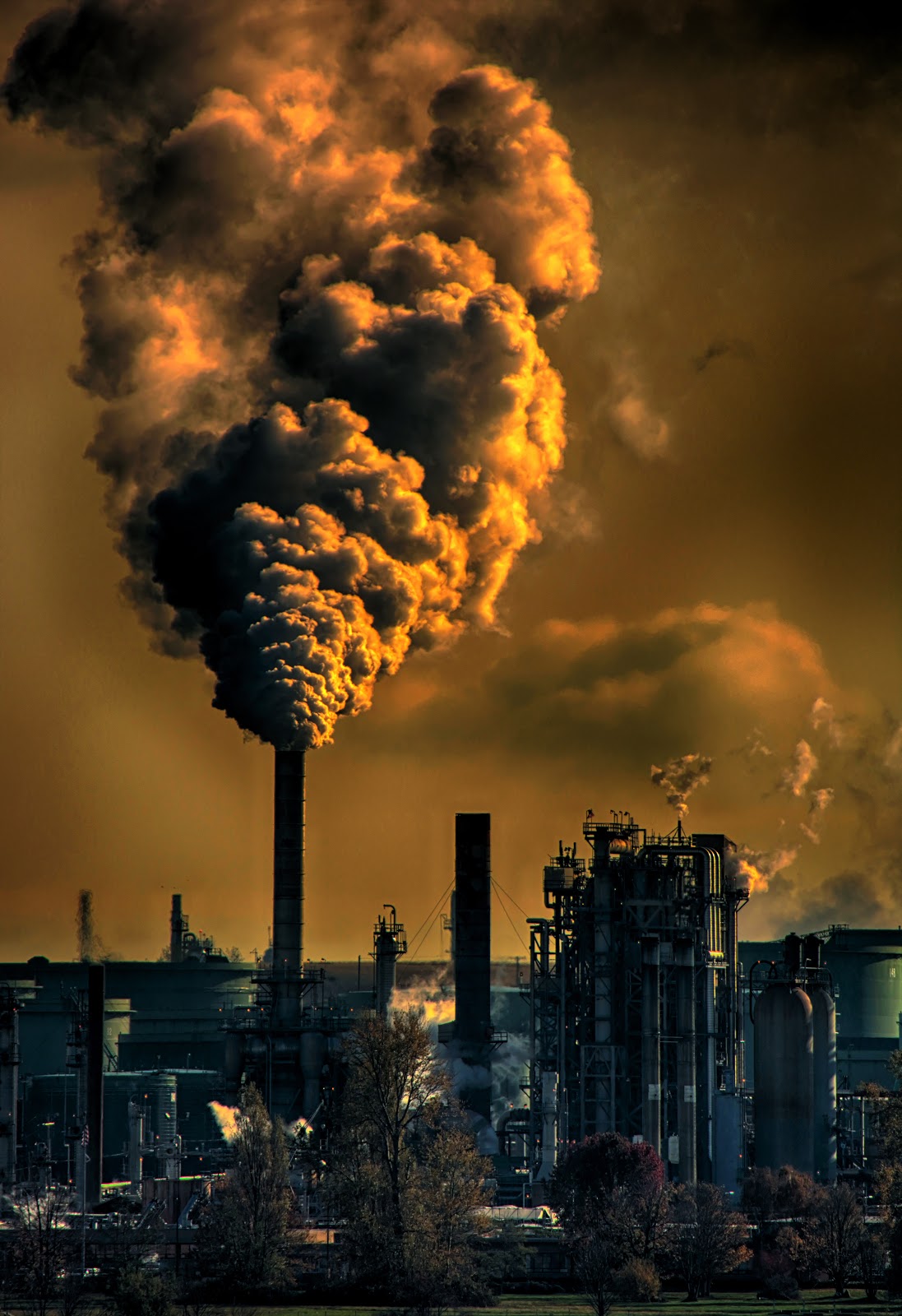
The effects of climate change on the oceans
- Warming ocean temperatures: According to National Geographic, the surface layer of the ocean is warming about 24 percent faster than it did a few hundred years ago. In some parts of the ocean, coral has become “Bleached” and damaged due to the stress caused by the warming temperature and chemicals which enter the ocean from everything from industrial run-off to sunblock. Bleached coral will negatively affect other marine life forms that depend on it for food, shelter, and nutrients. How does this affect you? Try snorkeling or scuba diving in an ocean without plant or marine life. You might as well be in a pool.
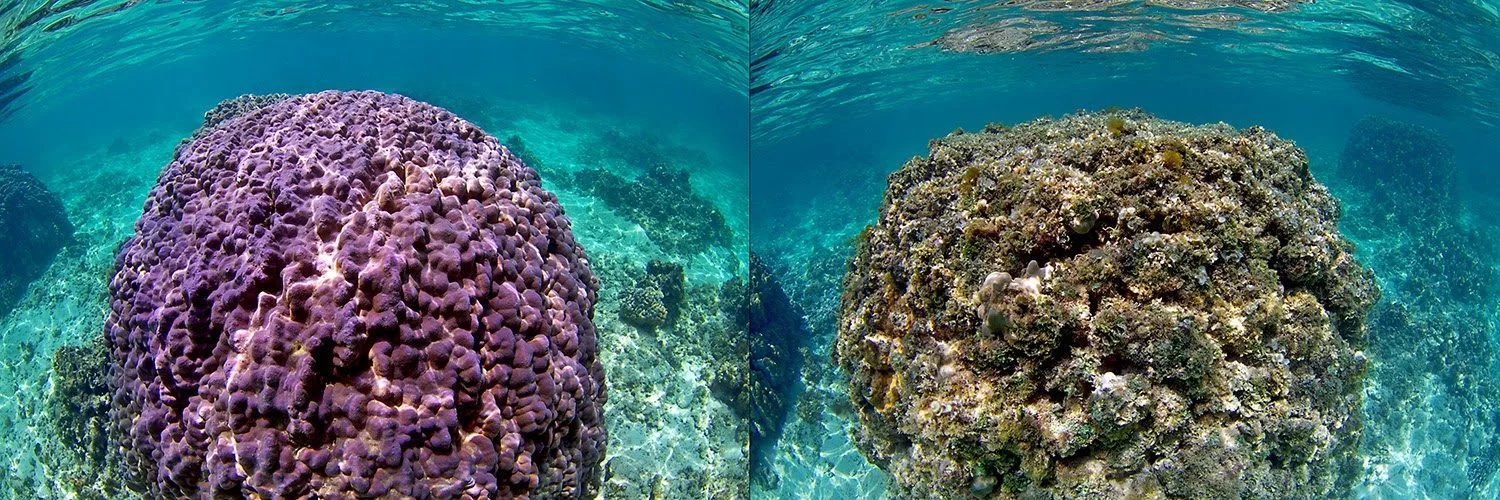 (Image credit: Keoki Stender/Marine Life Photography)
(Image credit: Keoki Stender/Marine Life Photography)
- Intensity of storms: The sea’s warming temperatures can affect the intensity of storms, like hurricanes and cyclones. Increased precipitation leads to increased sediment and pollution runoff from land, increasing algae blooms, which impact the fish population and create murky water, blocking sunlight and impacting the growth of marine life.
- Sea level rise: The increasing rate of sea level rise will lead to sedimentation, erosion, flooding, salt contamination, and habitat loss for many birds, fish and plant life. Hundreds of millions of people who reside in coastal areas and will become displaced due to coastal flooding and high tides. People in various parts of the Hawaiian islands may have to move inland because of the high tides. If sea levels continue to rise as predicted; Waikiki Beach, Ala Wai Boat Harbor and Ala Moana Beach Park will all be flooded as soon as 2060. This is a huge environmental issue, but has also become a societal, economic, and humanitarian one.
- Change in ocean currents: The National Oceanic and Atmospheric Administration (NOAA) reports that the increased rainfall and melting ice glaciers will disrupt the natural ocean currents. The Hawaiian islands are dependant on imports for food, fuel, and materials. If sea levels continue to rise the change in ocean currents, the intensity of storms, and inability to predict weather patterns will become a huge concern for the Hawaiian Islands and may impact imports and exports to and from the islands.
What can you do on your vacation to help?
- Support sustainable companies. Skyline has established conservation partnerships with landowners and executes native habitat rehabilitation projects like invasive species removal and installation of native trees and plants. We started the #wipeoutplastic initiative to encourage others throughout Hawaii and across the globe to keep their waterways and beaches clean. Skyline is also proud to be the first zipline operator in the world to join “1% For The Planet”, which is a group of businesses committed to giving 1% of all annual sales back to environmental preservation efforts. If you book a tour or excursion with Skyline you can be assured that a portion of your tour price is going towards helping protect our environment and supporting local nonprofits! Click here to learn more and see how you can help!
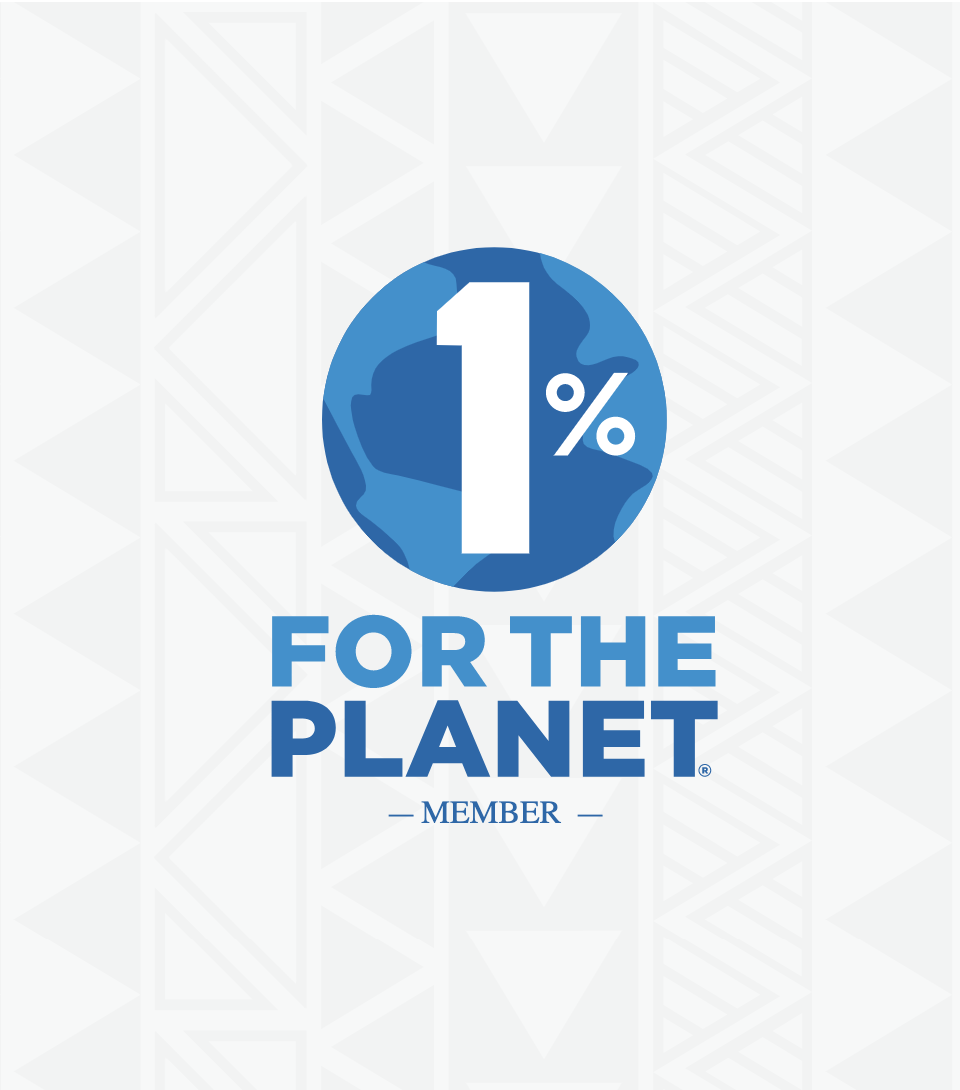
- Join a guided tour group rather than driving yourself on vacation. When you choose to jump on a guided van or bus tour, rather than driving your rental car you are taking a car off the road for that day – while still enjoying all the amazing sites you are hoping to see! Plus the professional tour guide can share all sorts of interesting information along the way, helping you to appreciate your adventure that much more. When you are talking about a Road to Hana or Haleakala Sunrise tour, you are saving over 100 miles of car travel – which equals more than 90 lbs of CO2 you are not sending into the atmosphere that day!
- Skip the steak (and the milk). The mass farming of cattle has had a huge negative impact on the environment due to the release of toxic methane gas, as well as a large amount of water, land, and other resources it takes to raise cattle. Cut down on your beef and milk intake by switching to chicken, fish, or veggies.
- Use reef-safe products. Hawaii banned the sale of sunscreen products that contain harmful chemicals like oxybenzone and octinoxate, which will go into effect in January 2021. This blog goes into depth about how your sunscreen choice can help sustain coral reefs.
- Say no to single-use plastics. According to Plasticoceans.org, more than 8 million tons of plastic (which is made from oil – hence its production is a big contributor to Climate Change) end up in our ocean each year. This pollutes our sea waters and can lead to marine animals getting entangled in or eating plastic. Bring a reusable water bottle on your vacation, say no to straws, and make sure you are recycling what you can.
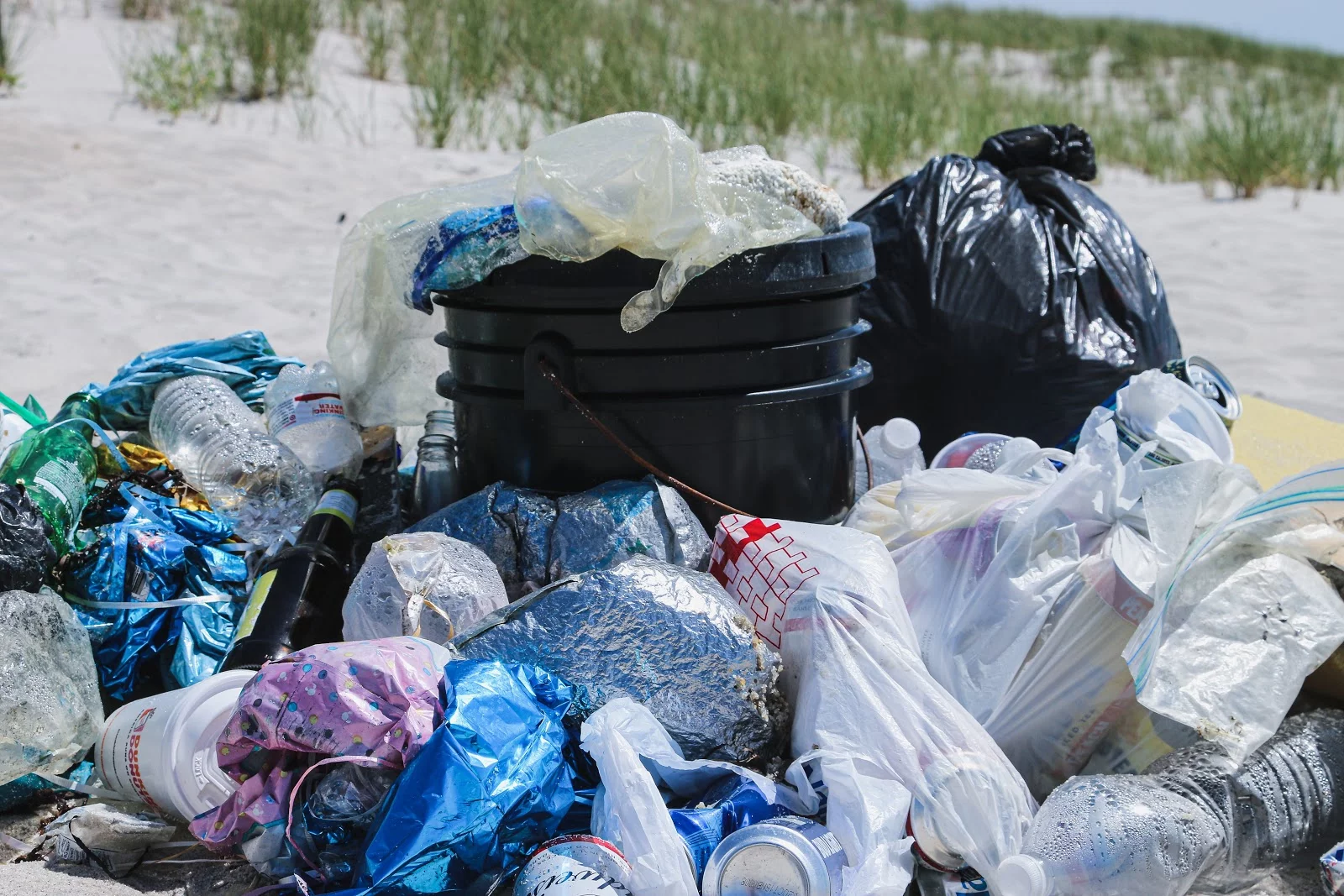
- Take fewer airplane trips and use public transportation. Air travel is a huge contributing factor to emissions. BBC reported that one transatlantic flight can release around 1.6 tonnes of CO2, which is about the same as the carbon footprint for someone in India for one year. If Hawaii is calling, flying non-stop is more energy efficient.
You can chant “save the turtles”, change your lightbulbs, and bike to work all you want, but voting is one of the most impactful things you can do to alter the course of climate change. Policy change begins at a government level and we need to start pressuring our government and corporations to lower greenhouse gas emissions. We have the power in our hands to start this crucial conversation about climate change, elect officials that will prioritize the environment over profit, and change our daily actions to make a positive impact on the beautiful world we live in.